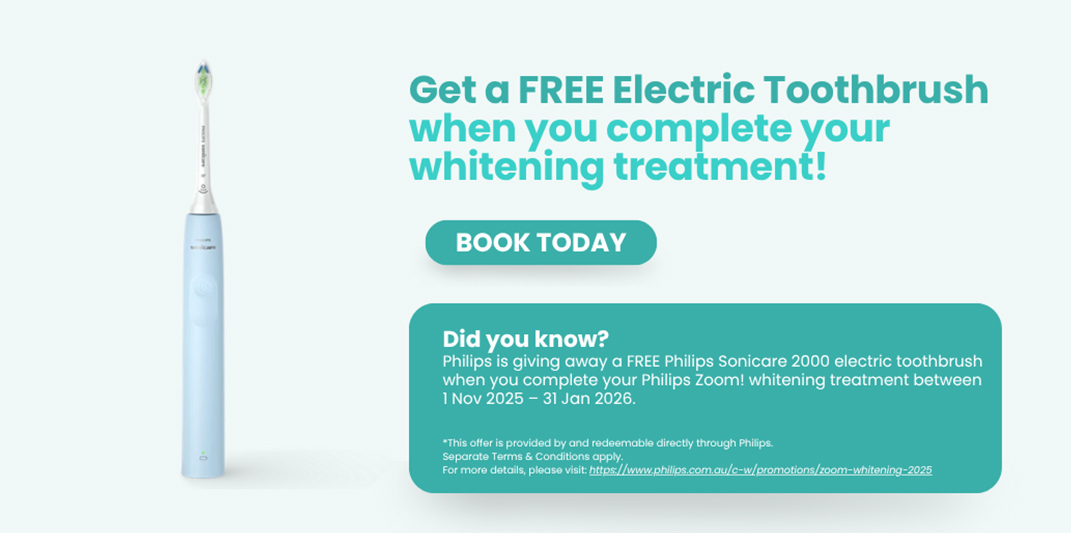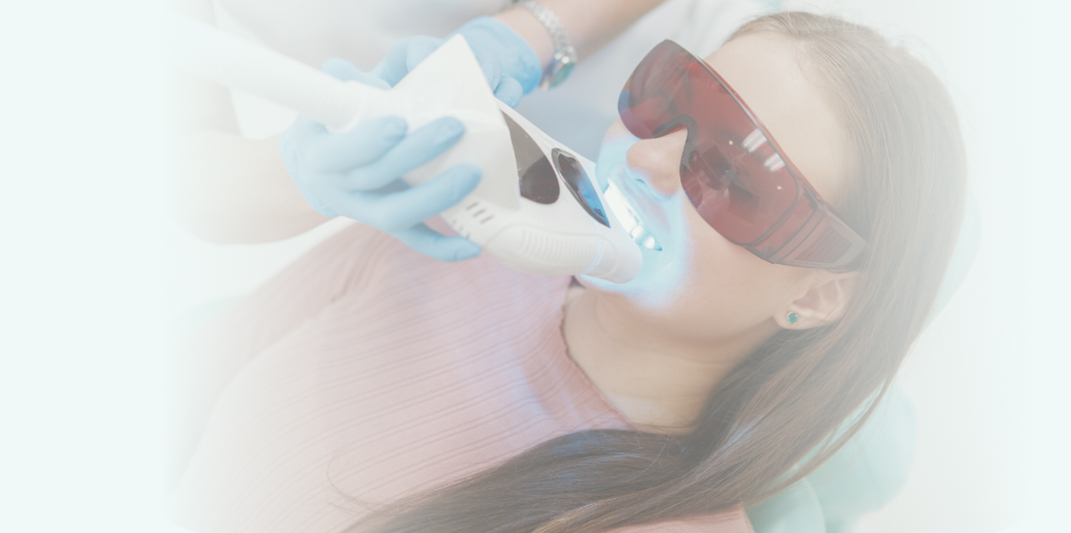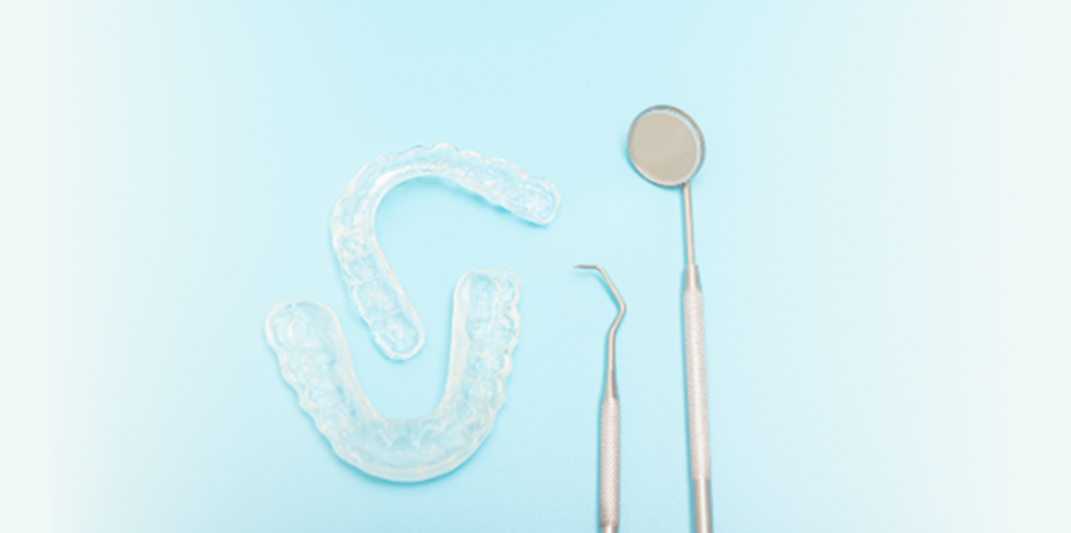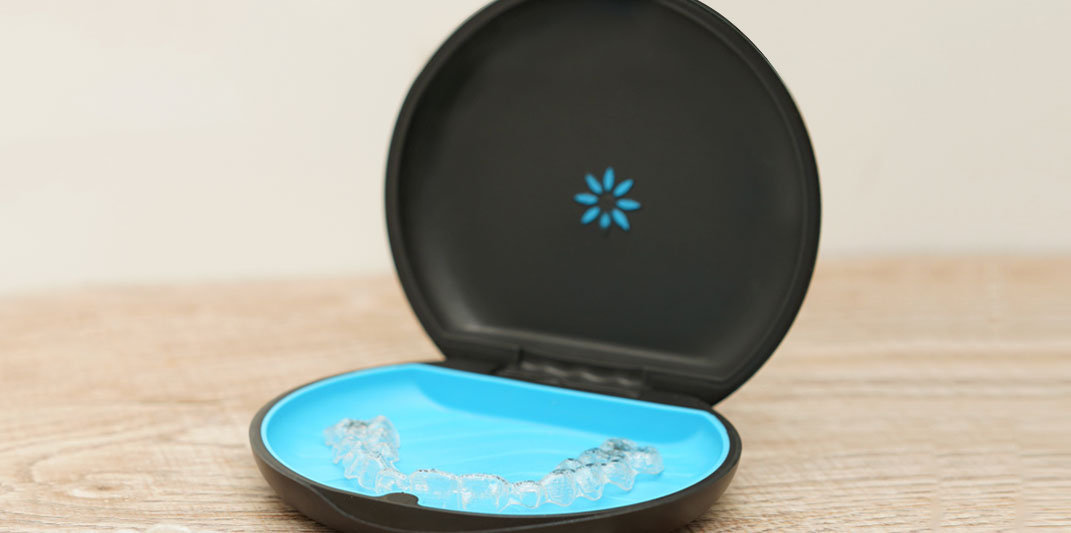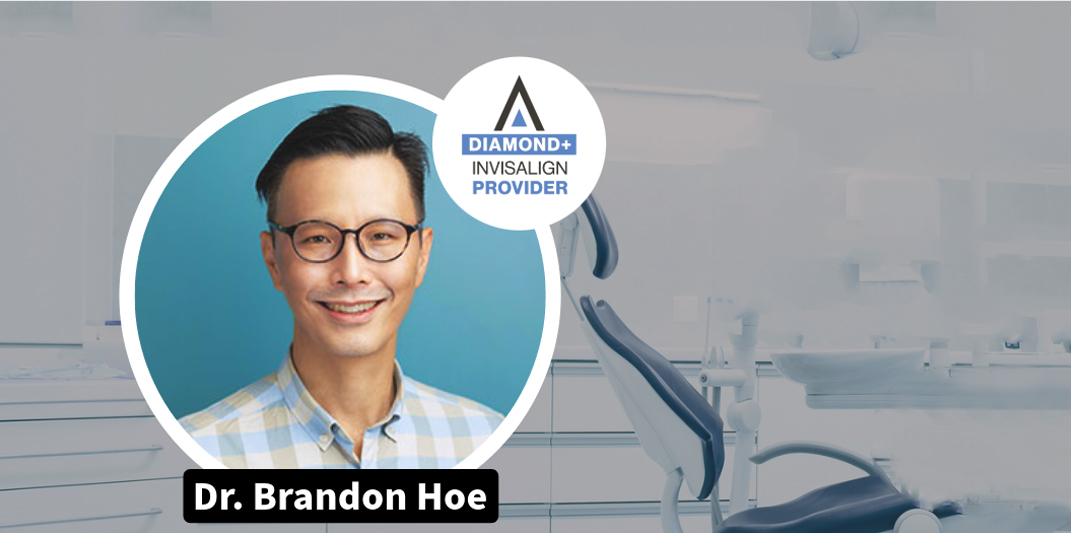Sedation Dentistry
What is Sedation Dentistry?
Sedation dentistry, sometimes referred to as sleep dentistry, involves using medications to help you relax during a dental procedure. Sedation reduces your anxiety, fear and discomfort when undergoing a procedure.
Indications for Sedation
Sedation is generally indicated for patients with fear or anxiety regarding going to a dentist for a dental procedure. These include patients with:
- Low pain threshold
- Difficulty sitting still in the dentist’s chair
- Sensitive teeth
- Require major amount of dental work
Types of Sedation
Various types of sedation used during a dental procedure include:
Inhaled minimal sedation
Your dentist places a mask over your nose and releases nitrous oxide gas (laughing gas) combined with oxygen to help you relax. The amount of gas released is controlled by your dentist.
Oral sedation
Your dentist will give you a pill for minimal sedation an hour before the procedure. You will be awake but drowsy. If you require moderate sedation, your dentist will suggest a larger dose. There are chances of falling asleep with moderate sedation, but you can be awakened with a shake.
Intravenous moderate sedation
In this type, the sedative medication is administered through your veins and the dose can be adjusted by your dentist.
Deep sedation and general anaesthesia
General anaesthesia involves using medications to make you completely unconscious. It is not possible to awaken you immediately after the procedure until the effect of anaesthesia has lessened.
Along with any of these sedation techniques, you will also require local anaesthesia at the site of treatment to avoid pain and discomfort.

